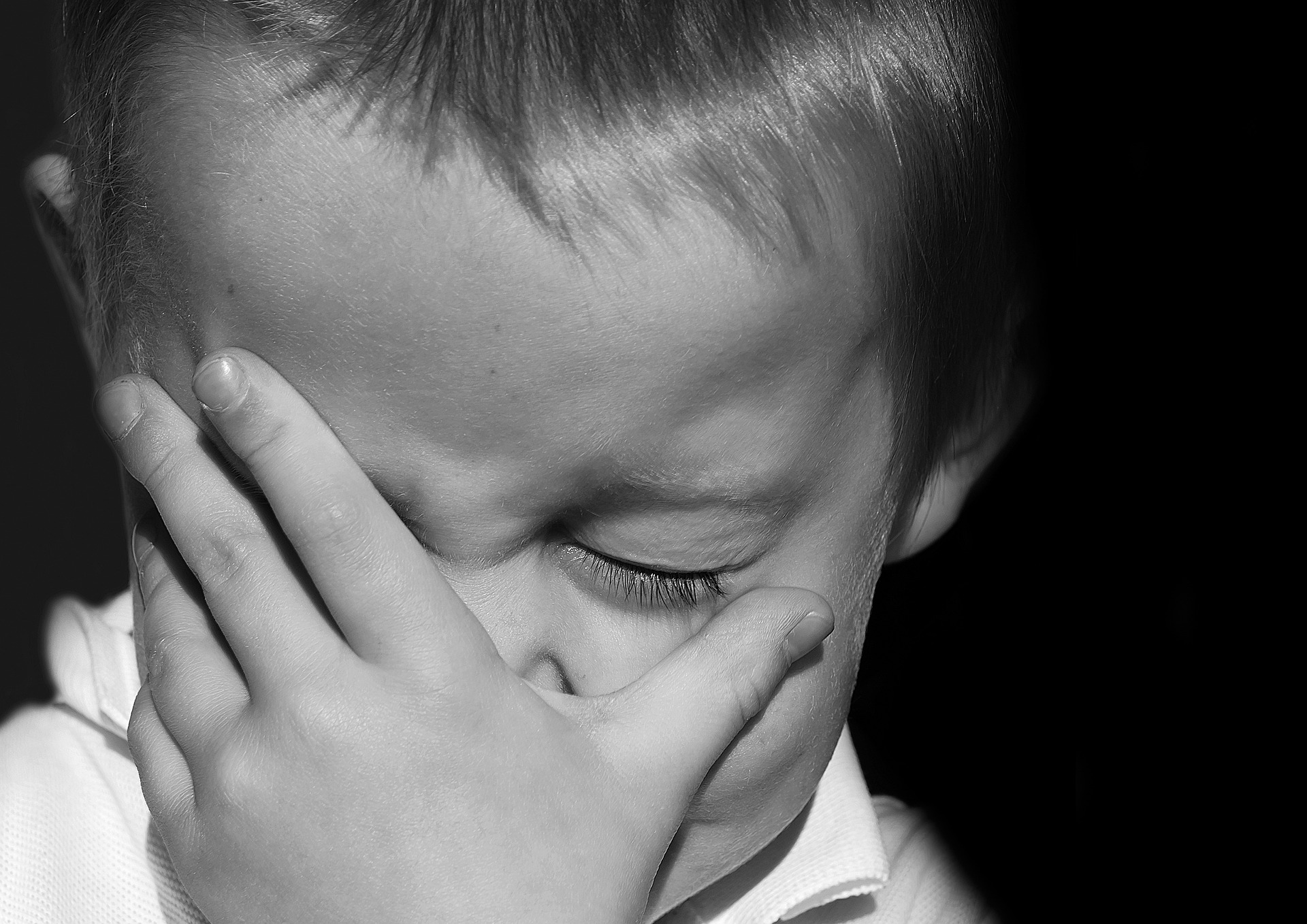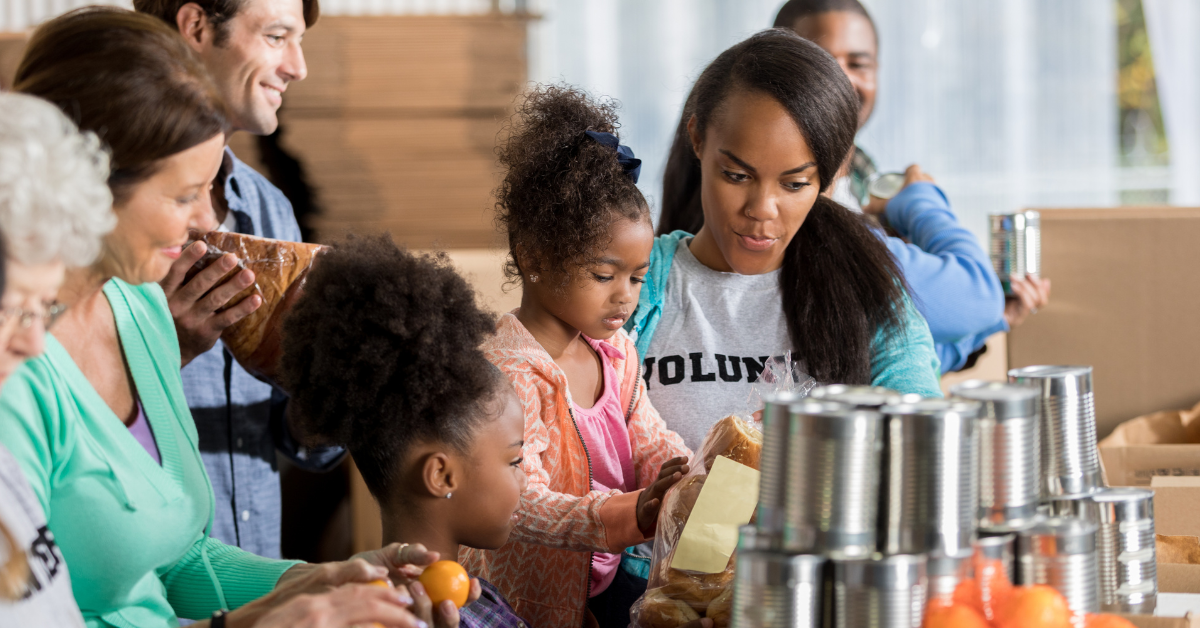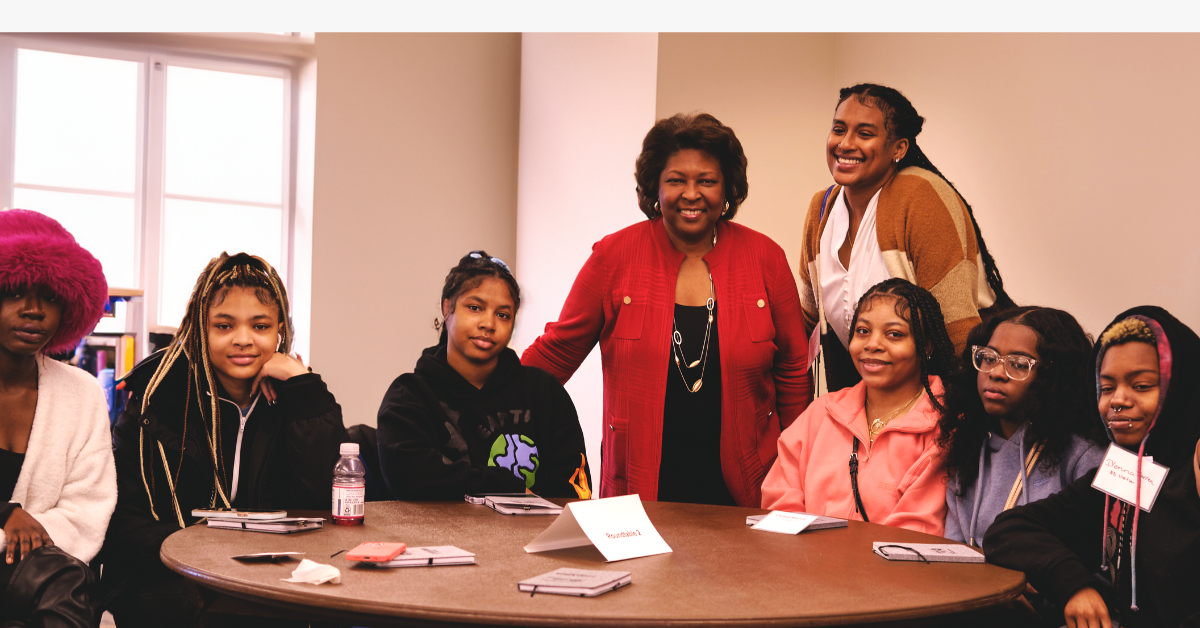
Childhood poverty is a tragic problem affecting millions of children in America. According to US Census Bureau data, over 9 million kids in the United States live below the federal poverty line. That means that these children are growing up without access to basic necessities like food, shelter, and healthcare.
The COVID-19 pandemic has had a devastating impact on the US economy, and children have been among the hardest hit. The child poverty rate more than doubled from 5.2% in 2021 to 12.4% in 2022, according to the US Census Bureau.
There are a number of factors that have contributed to this increase. One is the loss of jobs and income. Many parents lost their jobs or had their hours cut during the pandemic, making it difficult to make ends meet. Another factor is the rising cost of living. Food, housing, and other essential expenses have all gone up in recent months, putting a strain on family budgets.
The child poverty rate is also higher for certain racial and ethnic groups. In 2022, the child poverty rate was 25.9% for American Indian children, 19.5% for Hispanic children, 17.8% for Black children, 11.2% for White children, and 9.9% for Asian children.
There are also disparities in child poverty by state. Children in southern states are more likely to live in poverty than children in other parts of the country. In 2022, the highest child poverty rates were found in:
- New Mexico – 18.2%
- Mississippi – 17.8%
- Louisiana – 16.9%
- Kentucky – 15.8%
Compared to states, Washington, DC was the ninth lowest, with a child poverty rate of 14.7%.
The COVID-19 pandemic and record inflation have exacerbated these disparities. The child tax credit, which was introduced in 2021, helped to reduce child poverty significantly. However, the tax credit expired at the end of 2021, and child poverty rates have since increased.
The increase in child poverty is a serious concern. Children who live in poverty are more likely to experience food insecurity, homelessness, and other hardships. They are also more likely to have lower educational attainment and lower lifetime earnings.
The effects of childhood poverty can be devastating and include poor health, education, and employment outcomes. However, there is hope. Organizations like United Way NCA are working to fight childhood poverty in local communities across America. You can help too. Learn more about the issue and how you can get involved.
Facts About Poverty In America
Child poverty starts with adult poverty in a vicious cycle.
- The official child poverty rate in 2022 was 12.4% according to the United States Census Bureau.
- Over 9 million children are estimated to be in poverty in the United States.
- In 2022, 37.9 million people were in poverty in the United States.
- 15.3% of children under age 18 fell below the poverty line in 2021 according to the Center for American Progress.
How does poverty impact a child?
Child poverty can have a profound and lasting impact on a person’s life. Growing up in poverty can lead to poorer health outcomes, lower educational attainment, and increased difficulty finding employment as an adult. Children who experience poverty are also more likely to experience food insecurity, poor housing, and limited access to healthcare. All of these factors can contribute to a cycle of poverty that is difficult to break.
The effects of child poverty are not limited to the individual level. Poor children are also more likely to grow up to be poor adults, which can have a negative impact on the economy as a whole. In addition, child poverty can lead to increased crime rates and social problems. Therefore, it is important to address the issue of child poverty in order to improve the lives of individual children and the health of society as a whole.
What is the Main Cause of Child Poverty?
The causes of child poverty are complex, but they are directly related to adult poverty. The costs and occasional unexpected expenses associated with raising children can be one of many reasons why families become impoverished. Reasons why the child poverty rate is so high in the U.S. include job loss, pay cuts, divorce or separation, and disabilities. According to a report from the National Center for Children in Poverty, nearly half of all children in the U.S. live in low-income families, and more than one in five live in poverty.
Children who grow up in poverty are more likely to experience a range of health problems, cognitive delays, and educational difficulties. They are also more likely to become trapped in a cycle of poverty as adults. It is clear that childhood poverty has a profound and lasting impact on individuals and society as a whole. That is why it is so important to address the issue head-on. By doing so, we can give children a better chance at achieving their full potential.
Here are some of the most common causes of childhood poverty:
Lack of Social Services
Childhood poverty is a complex issue with multiple causes, but lack of social services can play a significant role. In many low-income areas, there may be limited access to healthcare, education, and other services that can support families and provide opportunities for children to succeed. Without these resources, it can be difficult for parents to provide for their children and break the cycle of poverty. Additionally, cuts to social service programs can further exacerbate the issue. It’s important for government and community leaders to prioritize funding and access to social services in order to address childhood poverty.
Lack of Education
Without a proper education, children from impoverished backgrounds are at a disadvantage when it comes to finding employment and upward mobility when they grow up to be adults. They often do not have the skills or knowledge necessary for successful careers, leading to a cycle of poverty that is difficult to escape. Additionally, education can provide valuable resources and support for families in need, such as free meals and healthcare. Without access to these resources, poverty is more likely to persist. Investing in education for disadvantaged children can break the cycle of poverty and create opportunities for a better future.
Discrimination and Disabilities
Things like racial discrimination and disabilities can contribute to childhood poverty in multiple ways. For example, people of color often face systemic barriers in education and employment opportunities, leading to lower income levels and difficulty providing for their families. Similarly, individuals with disabilities may also face challenges in finding and maintaining steady employment, leading to financial hardship for their families. These forms of discrimination can also lead to higher rates of incarceration for individuals from marginalized communities, further exacerbating the issue of poverty within those communities. It is important to address and eradicate these forms of discrimination in order to address childhood poverty at its roots.
How Does Poverty Impact Children?
Children who grow up in poverty often face a number of challenges that can negatively impact their growth and development. For example, hunger and illness can lead to delayed physical development, while things like housing insecurity and instability can cause cognitive delays.
In addition, poverty has been linked with academic underachievement, behavior problems, and social and emotional issues. As a result, it is important to provide support to children who are growing up in poverty-stricken environments. This may include access to healthcare, nutritious food, safe housing, and quality educational opportunities. By helping to address the needs of these children, we can help to break the cycle of poverty and give them a chance to reach their full potential.
Hunger and Malnutrition
Hunger and malnutrition are serious consequences of child poverty. Children who live in poverty often do not have access to enough nutritious food, leading to chronic hunger and malnutrition. These issues can have long-term effects on a child’s physical and cognitive development, potentially impacting their future success and overall well-being. It is important to address child poverty in order to improve access to healthy food and reduce the devastating effects of hunger and malnutrition.
Housing Insecurity
One consequence of child poverty is housing insecurity, which can include living in overcrowded or unsafe housing, frequent moves, and even homelessness. Children who experience this kind of instability often struggle in school and face a higher risk for physical and mental health issues. Ensuring access to stable, affordable housing is an important step in improving outcomes for children living in poverty.
Behavioral and Academic Issues
Child poverty can have a significant impact on a child’s behavior and academic performance. Research has shown that children living in poverty are more likely to exhibit disruptive behaviors, struggle with concentration and attention, and have lower academic achievement. These challenges can further perpetuate the cycle of poverty as children from low-income households are less likely to graduate from high school and pursue higher education. It is important for communities to address the root causes of poverty and provide resources and support for families in need to ensure that all children have equal opportunities for success.
How to Fight Child Poverty in Your Community
According to the 2023 ALICE Snapshot of the DMV region, there are 1.3 million adults and children who may be going without basic necessities in the DC area. The ALICE (Asset Limited, Income Constrained, Employed) population represents nearly 500,000 low- and moderate-income households in the DMV region who earn above the poverty line but below the cost of living.
In our 2022 ALICE in Focus: Children-D.C. report, we found that 54% of children in Washington, DC live below the ALICE threshold. Our programs aim to serve these vulnerable communities and connect them with vital resources like healthcare, education and workforce opportunities. Learn more about the ALICE population and how we’re working to help them today.
Or, get involved in the fight against child poverty in our community by participating in United Way NCA’s Volunteer Income Tax Assistance program. Through this program, trained volunteers provide free tax preparation services for low-income families, helping them access important tax credits and financial aid. Additionally, United Way NCA’s Weekend Hunger Backpack Program focuses on increasing access to healthy food options in under-served communities. By helping cover the weekend gap when children cannot depend on school cafeterias for meals, we can work towards ending childhood hunger. See how our backpack program has impacted students at A. Mario Loiederman Middle School with over 6,000 kits distributed.
To learn more, check out our work with the ALICE population, contact us today, or make a donation and do your part to end child poverty.
Updated on 12/14/2023


